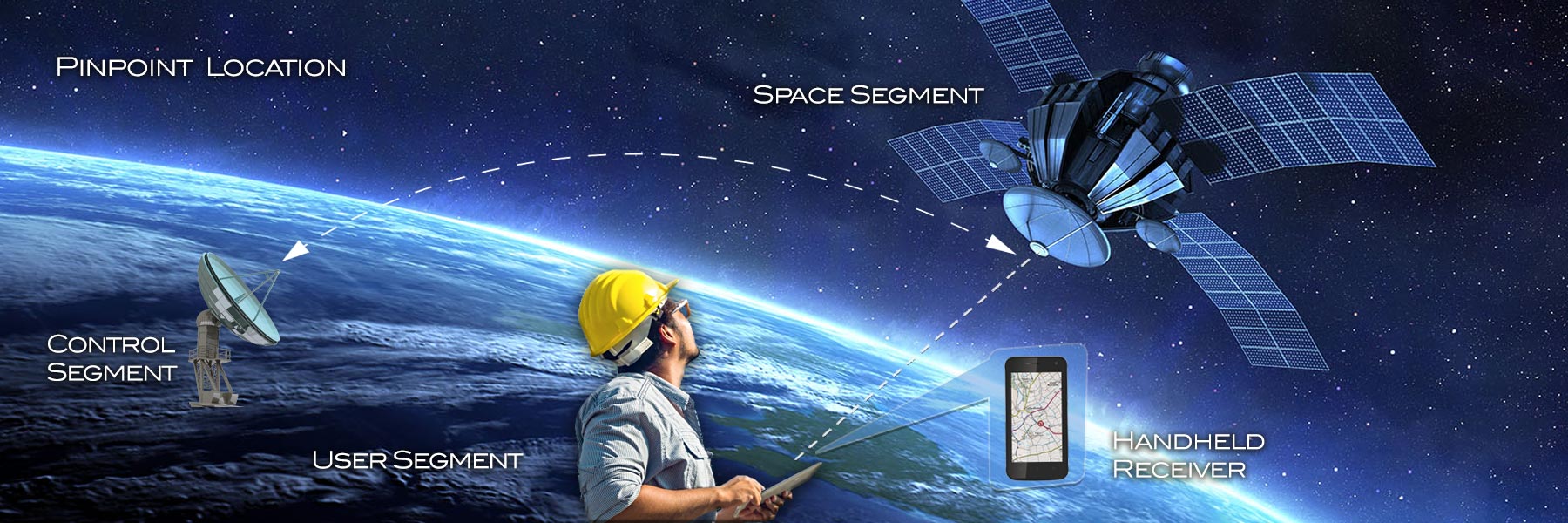

GPS is a very common word today. But even a generation back, no one even heard about GPS. In the span of just few years GPS has become ubiquitous in our life and every one of us is getting psychologically and physically dependent on GPS for our everyday travel and commute to places.
Many a times when we purchase a phone or a car, we ensure they have preinstalled GPS tracking systems. There are App Cabs companies, extremely popular of late, who uses similar GPS tracking systems. Even food delivery and all other logistics operations necessarily use GPS systems. But the fact remain, very few of us really know what GPS is and how it works.
To achieve global coverage for GPS, 24 satellites are required. The first of the 24 was launched in 1989 and the 24th was launched in 1994. GPS satellites only last about 10 years, and often need servicing during their lifetime, which is why there are currently 32 GPS satellites in orbit. The extra satellites fill in the gaps when the core 24 satellites need to be serviced or decommissioned, so that coverage is maintained.
Other countries have set up their own satellite-based navigation systems, including Russia, China, India and the European Union, so that the reliance on the US based GPS system is minimized.
In short, the GPS war has begun. That’s a massive change for the United States, which for decades has had a practical monopoly on determining the location of objects through its Global Positioning System (GPS). Owning GPS has a number of advantages, but the first and most important is that global military and commercial users depend on this service of the U.S. government, putting location targeting ultimately at the mercy of the Pentagon. The development of the technology and the deployment of positioning satellites also provide a spillover advantage for the space industry and Location Business Services.
At the bare minimum, if 4 satellites are within line-of-sight of any location on Earth at any time, you can ideally get a location from the GPS. More the number of satellites connected, better the satellite geometry and atmospheric conditions, the more precise the accuracy of GPS is.
Many countries have developed GPS augmentation systems, which improves the accuracy of the location in those countries through corrections. India has GAGAN (GPS Aided Geo Augmented Navigation) developed by ISRO. Japan has Quasi-Zenith Satellite System (QZSS).
When your GPS receiver uses these augmentation systems the accuracy improves substantially. Like in India the accuracy is higher when your GPS is GAGAN enabled.
Many a times the GPS satellite receivers use more than one system, thereby increasing the number of connected satellites. These concurrent multi-GNSS GPS receivers provide higher precision.
Most of the times, your mobile phone would come with A-GPS (Assisted GPS), where the mobile phone uses cellular network in addition to GPS satellites to provide you location accuracy.
The precise location and timing ability of GPS is a critical enabler of many IoT (Internet of Things) applications. This GPS system would become the backbone for many emerging areas starting from precision agriculture, to automated vehicles, to fleet tracking, to smart mining, Smart Grid systems, Smart City implementation and many more.
Ready to start your next project with us?
That's great! Give us a call or send us an email and we will get back to you as soon as possible!